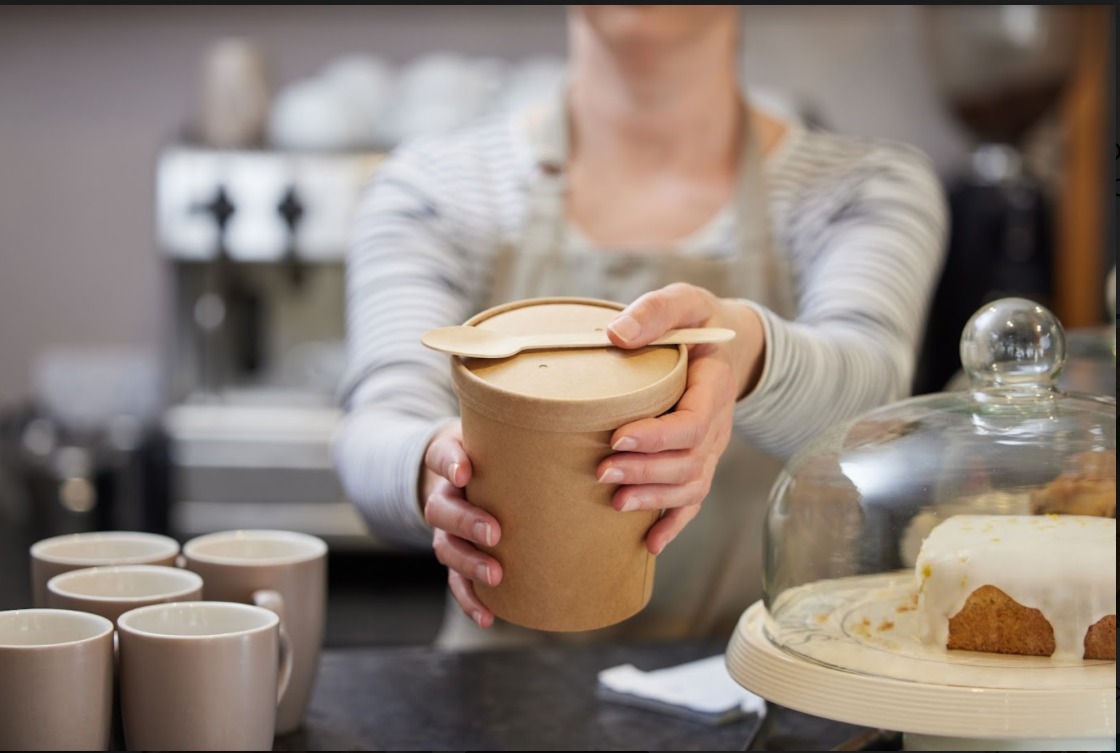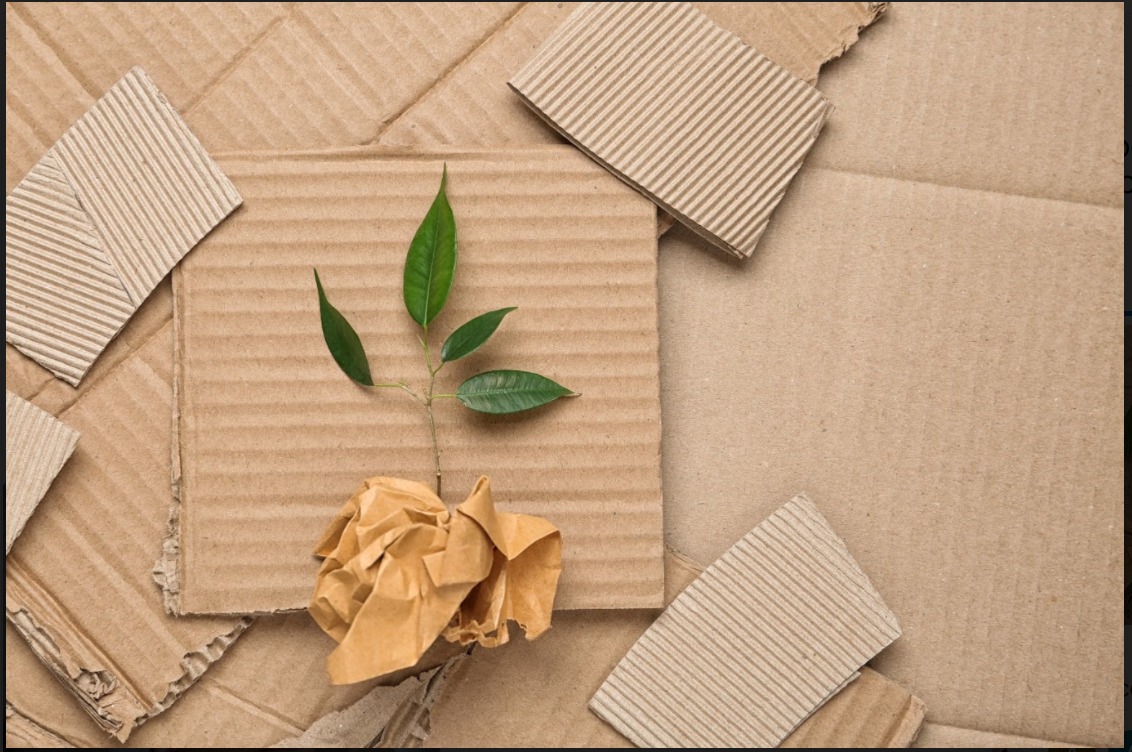

As more and more consumers become environmentally conscious, it’s vital for businesses to embrace sustainability in their packaging. In fact, this should be a priority among businesses across all niches as statistics show that more than half of the consumers worldwide take sustainable packaging into consideration before buying a product.
Sustainable packaging is expected to make waves in 2022, so make sure to stay ahead of the curve by adapting to trends. Your business will likely experience problems if it doesn’t keep up with sustainable brands in Australia or other sustainable brands across the globe.
Listed below are five sustainable packaging trends that are sure to become in-demand for 2022. Dedicate time and effort in learning these trends to help your business stay relevant:
1. Less Is More
Materials used in product packaging impact the environment in some way. Common packaging materials such as paper, aluminum, and glass use many natural resources like water, minerals, and energy. Manufacturing these materials also generates air emissions, including heavy metals.
One sustainable packing trend to watch out for in 2022 is the use of lesser materials. By 2022, businesses are steering away from using excessive materials in their packaging and only using materials that actually serve a purpose.
For example, instead of putting oranges in nets and then placing them inside plastic carry bags, businesses will likely invest in brown paper bags that take the shape of oranges. The lesser materials you use for your packaging, the more natural resources you can preserve.
2. Recyclable Packaging
Recycling is one of the oldest tricks in the book to protecting the environment. As long as done regularly, recycling can reduce the size of landfills, conserve natural resources, and help people save more money.
Benchmark on Dilmah tea sustainability actions and other similar companies use recyclable packaging. This is a packaging trend that you should definitely watch out for in 2022.
Businesses will ditch the use of plastics and will invest more in starch-based biomaterials, biodegradable packing peanuts, corrugated bubble wraps, and organic fabrics. These are considered green materials that effectively protect products from different elements.
3. Biodegradable Or Compostable Packaging
It’s common for consumers to throw away the packaging after using or consuming the product. Regardless of the material used, this habit can harm the environment as the materials can threaten wildlife and pose risks to human health.
By 2022, the popularity of biodegradable or compostable packaging is expected to increase. The goal of biodegradable or compostable packaging is to allow second life for packaging instead of it harming the environment.
One of the most common examples of biodegradable or compostable packaging is to use plantable seed paper boxes. This type of packaging will produce beautiful plants once thrown away into soils and gardens.
4. Flexible Packaging
When choosing packaging materials, businesses have to consider the dimensions of their products. They need to make sure the packaging isn’t too big or too small to ensure that the product inside remains in tiptop condition.
2022 is the year where flexible packaging will become more common. This type of packaging requires less energy and water to manufacture and gives businesses the freedom to customize. This means that no matter the dimensions of your product, you can use flexible packaging.
Flexible packaging is also reusable as this comes with zip locks and seals. Instead of disposing of the packaging after using the product inside, consumers can reuse it to store dry goods at home.
5. Use Of Eco-Friendly Inks
Contrary to popular belief, the raw materials used in the product packaging aren’t the only things harming the environment. The ink used to showcase brand names and product details can also damage the environment.
Petroleum-based inks are commonly used in product packaging but are actually considered hazardous waste. This type of ink contains heavy metals, namely lead, mercury, and cadmium. These are toxic and are dangerous to both wildlife and humans.
If you want to stay ahead of the competition in 2022, refrain from using petroleum-based inks in your packaging and look for greener alternatives. For example, you can use soy-based or vegetable inks as these are biodegradable and less likely to release any toxic chemicals when manufactured or disposed of.
Additionally, soy-based or vegetable inks are cheaper than other types of ink. By using soy-based or vegetable inks in your packaging, you can save financial resources while preserving the environment!
Adapting To Trends Early Is Key To Long-Term Success
Adapting to sustainable packing trends in 2022 is a win-win for all parties involved. Through sustainable packing, consumers get to use products that cause little to no harm to the environment while allowing your business to earn more and attract more consumers.
Undeniably, sustainable packaging will become mainstream in 2022, so start exploring your options early. The sooner you adapt to sustainable packing trends, the better chances your business has to succeed in the industry!







